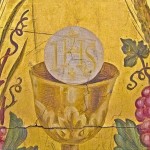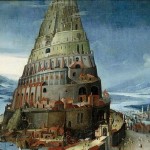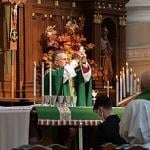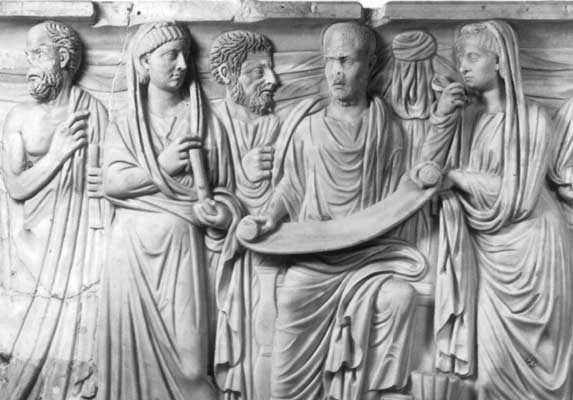
There is nothing to be embarrassed by the overlaps between Christianity and other world religions. This is a normal part of an eminently incarnational faith. I’ve already mentioned Christianity’s fruitful borrowings of the practice of prayer, pagan myths and rituals, plus, the Greek language and all its philosophical baggage (in the New Testament).
All of these are so much a part of Christianity that we forget that they did not originate with it. However, Christianity did combine them in a totally new way. Justin Martyr saw in this whole process a sign of the seminal engagement of God in all his creation and Christianity’s role as gathering up all of these signs.
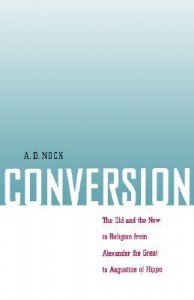
Orphic cults and their Mithraic offshoots are one set of convergences that’s thrown about frequently. These have the following in common with Christianity: the sacrifice of a god, a banquet meal, and highly ritualized actions. These similarities are then somehow transubstantiated into the belief that Christianity was produced by Orphic religion.
There’s one major problem. A.D. Nock, in his influential study Conversion: The Old and the New in Religion from Alexander the Great to Augustine of Hippo (boy that book needs to be read by more people!) shows how these mystery religions did not require a total transformation, were frequently practiced with other Roman religions, and were reserved mostly to the upper classes. In other words, they were more like really expensive window dressing, rather than an extremely costly transformation of one’s whole life within a community.
If we want to look for more substantial overlaps and influences between Christianity and pagan religion then we should look to the Neoplatonism of figures such as Emperor Julian the Apostate, Plotinus, and Iamblicbus. After all, the pagan religion Julian attempted to reinvigorate was Neoplatonism not something else.
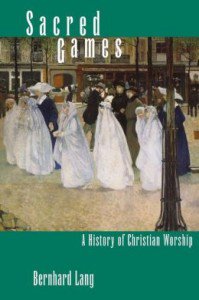
In Sacred Games: A History of Christian Worship Bernhard Lang argues that, “When in late antiquity the religious elite of the Roman Empire rethought religion and ritual, the choice was not one between Mithraism and Christianity (as Ernest Renan suggested in the 19th century) but between pagan Neoplatonism and Neoplatonic Christianity.”
Here is the reason why in more detail:
“In the third century CE, under the leadership of Plotinus, Plato’s philosophy enjoyed a renaissance that was to continue throughout late antiquity. This school of thought had much in common with Christianity: it believed in one God (the “One”), in the necessity of ritual, and in the saving contact with deities that were distinct from the ineffable One and stood closer to humanity. Like Judaism and Christianity, it also had its sacred books–the writings of Plato, and, in its later phase, also the Chaldean Oracles. In fact, major early Christian theologians–Origen, Augustine, Pseudo-Dionysus–can at the same time be considered major representatives of the Neoplatonic school of thought.”
Actually, according to Lang, there is one unique liturgical element the Judeo-Christian tradition brought into the world. That would be the sermon (and along with it the sermon nap).
All joking aside, the Neoplatonist episode, and others from the history of the Early Church, demonstrate that Christianity has always appropriated the best of the religious and philosophical worlds that surround it. We often forget but this was also the case much later with Thomas Aquinas and his embrace, against some ecclesiastical currents of the time, of Aristotle. In the end there’s no reason why Christians and theologians should shun contemporary philosophical currents such as postmodernism, phenomenology, or modern scientific discoveries. History shows the Logos can gather all of them up.


